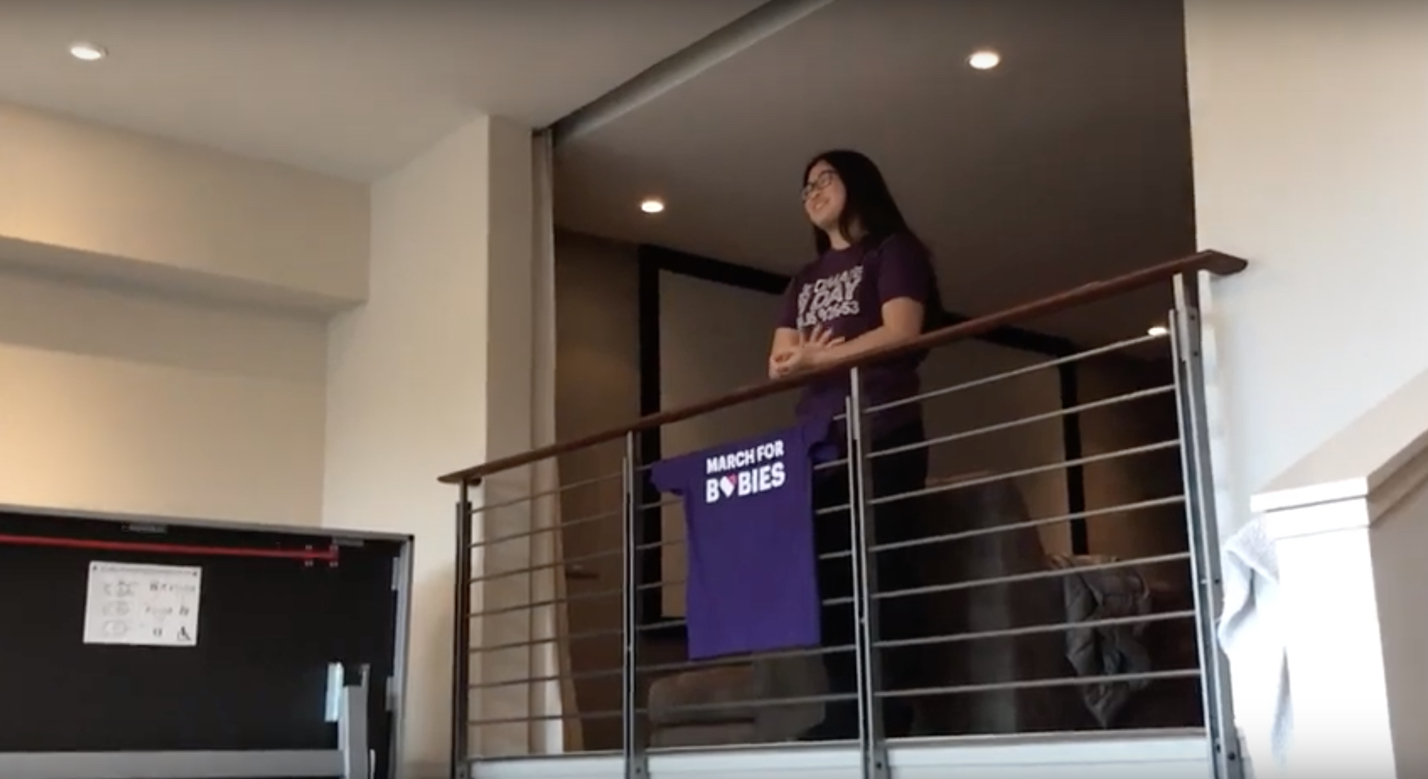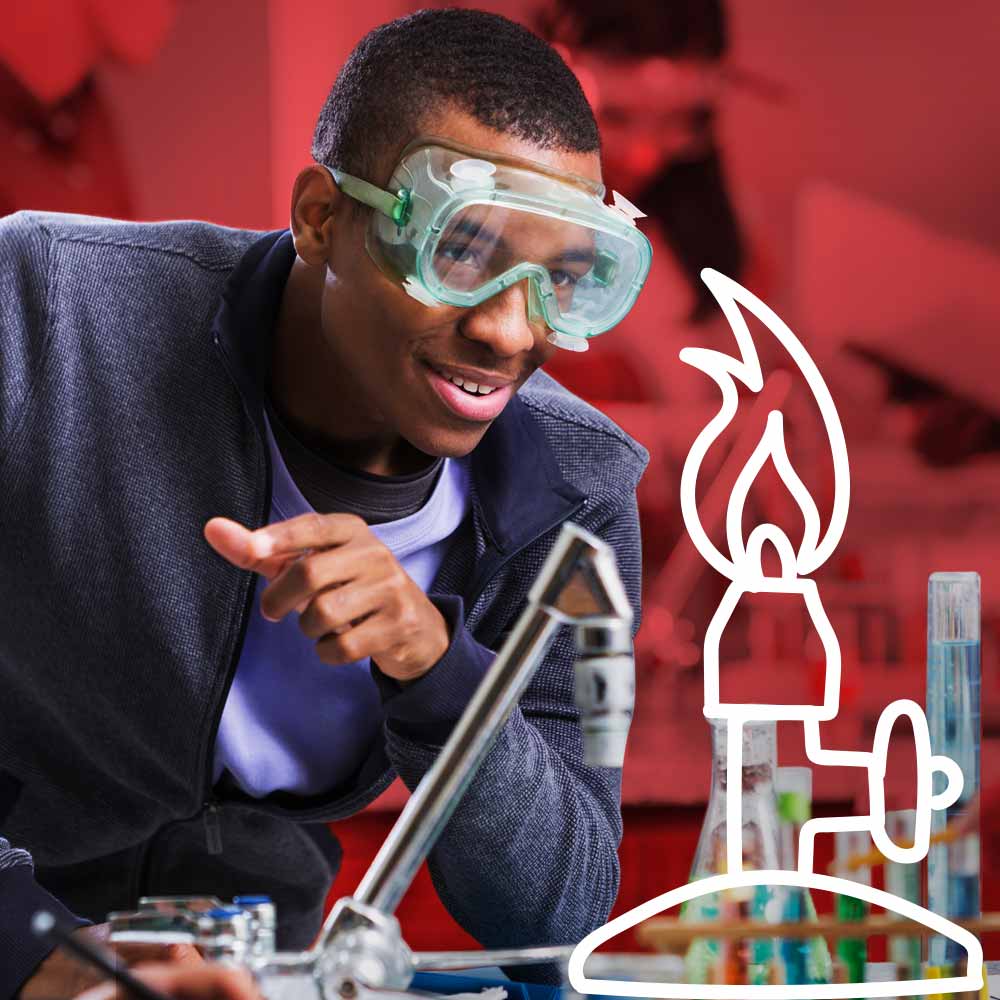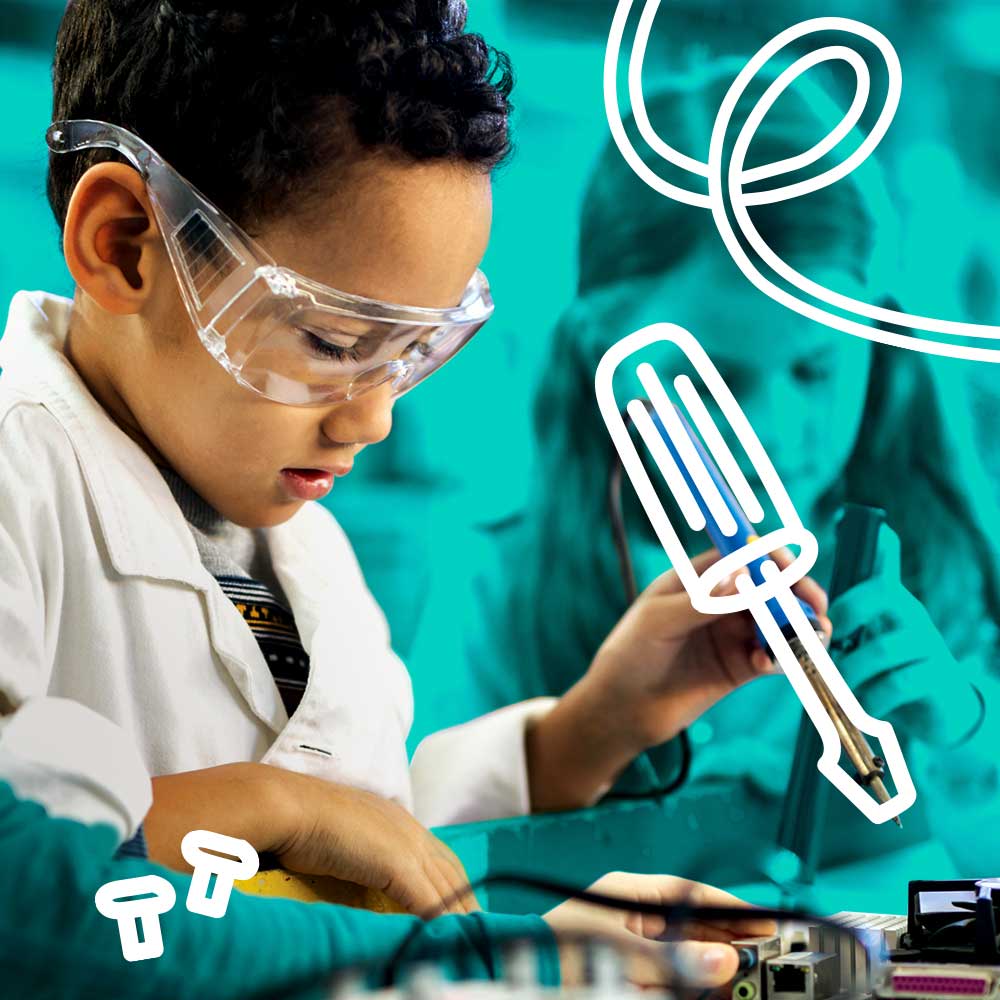Some kids are all about pie. Lila Chen prefers Pi! The sixteen-year-old is channeling her love of math to raise money for The March of Dimes.

Chen from Noe Valley is this year’s March of Dimes San Francisco March for Babies Ambassador. Lila, a junior at Lowell High School, started raising critical funds for March for Babies in the 9th Grade. Two year ago, the Chen family held a “Pi for Babies” event at their home for family and friends, where Lila recited 1,256 digits of Pi from memory. They also ate a lot of pie. Last year, Chen held another fundraiser, this time challenging herself to beat her previous year’s number. She raised nearly $5,500 for the 2019 March for Babies campaign when she recited 1,364 digits of pi for her supporters.This feat unofficially ranks Lila as 43rd in the US or 120th in the world, according to the Pi World Ranking website!

Chen has enjoyed memorizing Pi to challenge herself for years. “For whatever strange reason in Grade 5, I decided that I could and would win the Grade 6 Pi memorization contest at my middle school,” Chen said. “That year, the winner had memorized 150 digits. That’s a lot of numbers! The next year, when I was in 6th grade, I won the contest by memorizing 396 digits! In 7th grade, mainly because my friends dared me that I couldn’t double my number, I won with 800 digits. And in my 8th grade, I memorized over 1000 digits. I was proud of my accomplishments, but didn’t know what good having a freakish memory for these particular numbers would do. That is, until my family and I realized that I could use this random skill of mine to shine light on a cause that means a lot to me.”

The March of Dimes holds a special place in Chen’s heart. She raises money to honor her little brother Jonah, who passed away from a neonatal viral infection, enterovirus, only nine days after he was born.“While nothing could have prevented our family’s tragedy, we know how important it is to focus on healthy babies and mothers,” explained Chen. She continues her fundraising efforts to support the March of Dimes’ “lifesaving research, programs and advocacy so that all moms and babies can be healthy.”

“Lila and her family share our commitment to improve the health of all moms and babies,” says Robert Pinnix, Greater Bay Area Executive Market Director. “It’s not acceptable that each year thousands of moms and babies deal with complications from pregnancy and birth. But together we can do something about it. That’s why we March for Babies — a day for everyone to hope, remember and celebrate together at our walks nationwide.”
You can read more about the Chen family and learn how you can become involved on the San Francisco March for Babies event page.
—Jennifer Swartvagher
All photos courtesy of The Chen Family
RELATED STORIES
11 Kid-Invented Products We Can’t Get Enough Of



















